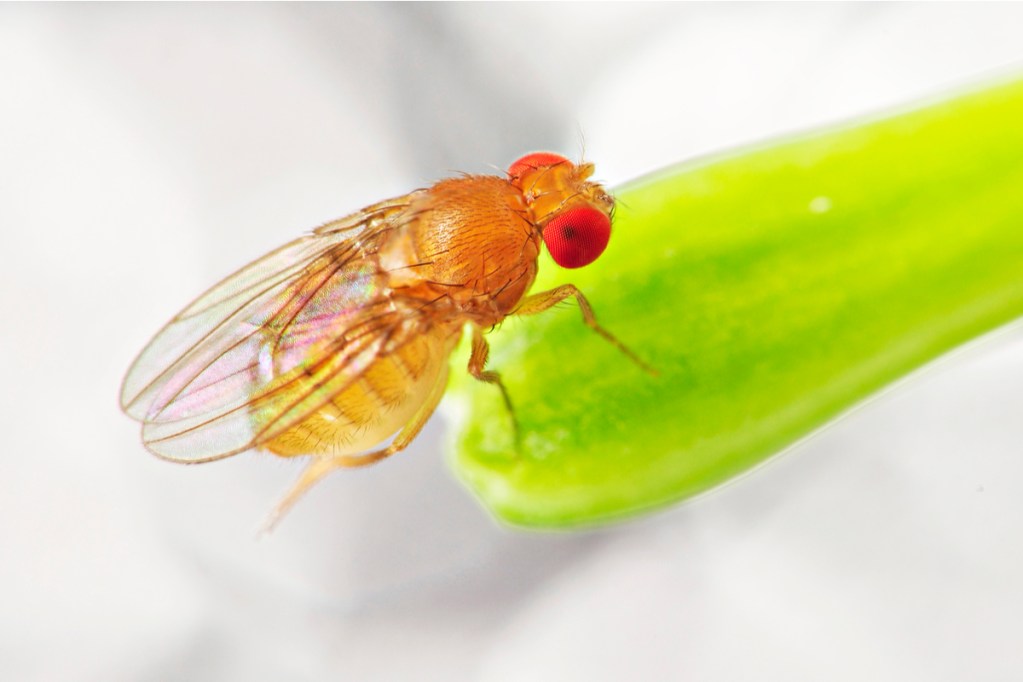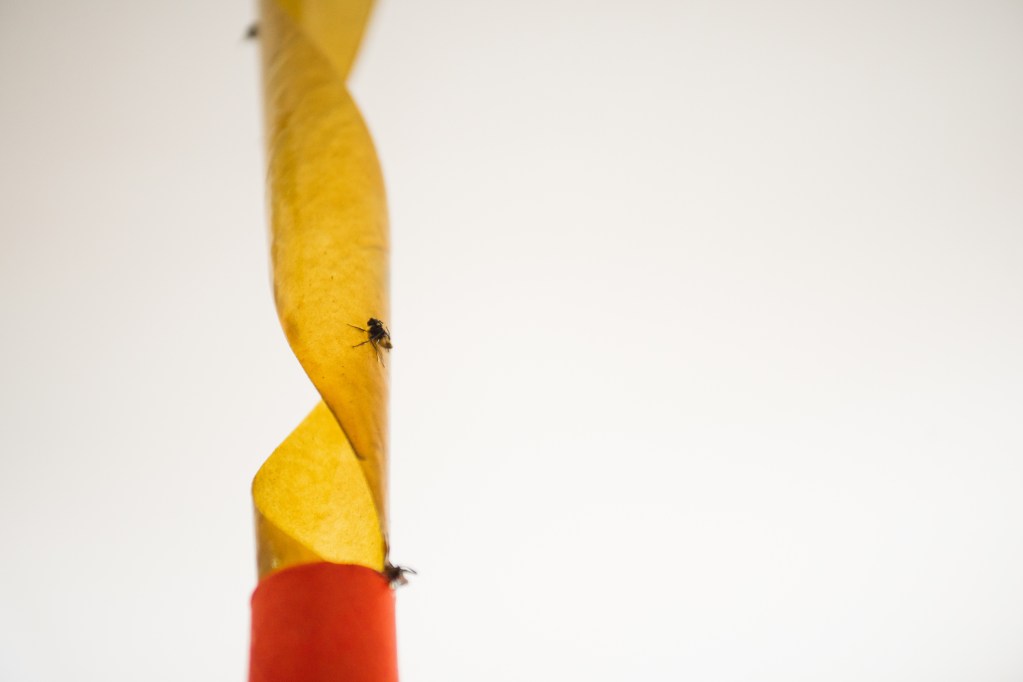
Gnats, although tiny, can cause big problems. These little insects are not just a nuisance; they can also be a sign of underlying issues in your home, such as decaying organic matter or moisture problems. Understanding how to kill gnats starts with identifying the type of gnat infesting your space and then applying targeted pest control solutions. Let’s dive into the various types of gnats and how to effectively eliminate them.
Identify the type of gnat

Did you know there are a few different types of gnats? Identifying the type plaguing your home is crucial for implementing the right method for killing them. The three main types of gnats are fruit flies, drain flies, and fungus gnats.
Fruit flies
Fruit flies are commonly found around ripe or decaying fruits and vegetables. They are small, about 1/8 inch in size, with a tan or brownish color and red eyes. If you notice tiny flies hovering around your kitchen, especially near fruit bowls or trash cans, you’re likely dealing with fruit flies.
Drain flies
Drain flies, also known as moth flies, have a fuzzy appearance and are about 1/5 inch in size. They thrive in moist environments and are often found around sinks, garbage disposals, and shower drains. These flies lay their eggs in the organic matter that accumulates in pipes and drains.
Fungus gnats
Fungus gnats are small, dark, and have long legs and wings. They are commonly found in the soil of overwatered houseplants. These gnats are attracted to the moisture and organic matter in the soil and can be particularly problematic for those with a lot of gorgeous indoor plants.
How to get rid of fruit flies

Eliminating fruit flies involves removing their food sources and trapping the adults. Here are some effective methods:
Vinegar traps
Vinegar is a great household cleaner, and vinegar traps are one of the most popular methods for catching fruit flies. Fill a small bowl with apple cider vinegar and a few drops of dish soap. The vinegar attracts the flies, and the soap reduces the surface tension, causing them to drown.
Wine traps
Fruit flies are also attracted to the aroma of wine. Leave a small amount of wine in a bottle or jar and cover the opening with plastic wrap, securing it with a rubber band. Poke small holes in the plastic wrap. The flies will be drawn in but won’t be able to escape.
How to get rid of drain flies

For drain flies, the focus should be on cleaning the drains and eliminating their breeding grounds.
Drain cleaner
Use a drain cleaner to remove the organic buildup in your pipes and get rid of drain flies. Follow the instructions on the product carefully to ensure safety and effectiveness.
Bleach
Pouring a solution of bleach and water down your drains can kill drain fly larvae. Mix one part bleach with five parts water and pour it down the affected drains. This will help eliminate both the flies and their breeding grounds.
How to get rid of fungus gnats

Fungus gnats require a different approach, focusing on the soil of your houseplants.
Traps
You can use the same vinegar or wine traps as for fruit flies. Place the traps near the infested plants to catch the adult gnats.
Hydrogen peroxide solution
A hydrogen peroxide solution can kill the larvae in the soil. Mix one part hydrogen peroxide with four parts water and water your plants with this solution. The hydrogen peroxide will kill the larvae without harming your plants.
How to kill gnats: Universal methods

Several universal methods can help reduce gnat populations regardless of the type. Here are a few tried-and-true solutions.
Bug zappers
Bug zappers attract gnats with light and then kill them with an electric grid. This solution is a bit pricier than others, but it’s incredibly effective. Place bug zappers in areas where gnats are most active.
Sticky paper traps
You can hang sticky paper traps in areas with high gnat activity. The gnats are attracted to the yellow-colored paper and get stuck when they land on it. Then, they eventually dehydrate and die, and then you can simply toss out the yellow paper. This method is highly effective, but some people find it messy and a little gross to deal with.
Candle traps
Candle traps can be effective at night. Light a candle and place it in a shallow dish of water. The gnats will be attracted to the flame and fall into the water, where they will drown. This method is less effective if a food source is left available for the gnats to access — like a clogged drain or a soggy house plant.
Tips for preventing gnats in your home

Once you’ve eradicated your gnat problem, you’ll need to make your home as inhospitable as possible to these annoying little pests. Here are some tips to help you maintain a gnat-free home:
- Keep fruits and vegetables covered: Those countertop fruit bowls are often gorgeous and aesthetic, but they can attract thousands of gnats. Store your produce in the refrigerator or cover it to prevent attracting fruit flies.
- Clean drains regularly: A dirty or clogged drain is a sure way to get a drain fly infestation. Use drain cleaners or a bleach solution periodically to prevent organic buildup.
- Avoid overwatering plants: Overwatering not only attracts pests and mold, but it’s also not good for your plants. Allow the top layer of soil to dry out between waterings to deter fungus gnats.
- Dispose of garbage properly: Ensure your garbage cans are sealed and dispose of waste regularly so that you prevent decomposing organic matter from becoming an attractive home for gnats.
- Fix leaks: Repair any leaks in your home to reduce moisture, which attracts gnats.
Gnats can be a persistent problem, but with the right identification and methods, you can eliminate them for good. Whether you’re dealing with fruit flies, drain flies, or fungus gnats, understanding their habits and using targeted solutions will help you regain control of your home. Also, be sure to implement preventative measures to ensure that these pesky insects don’t return.



